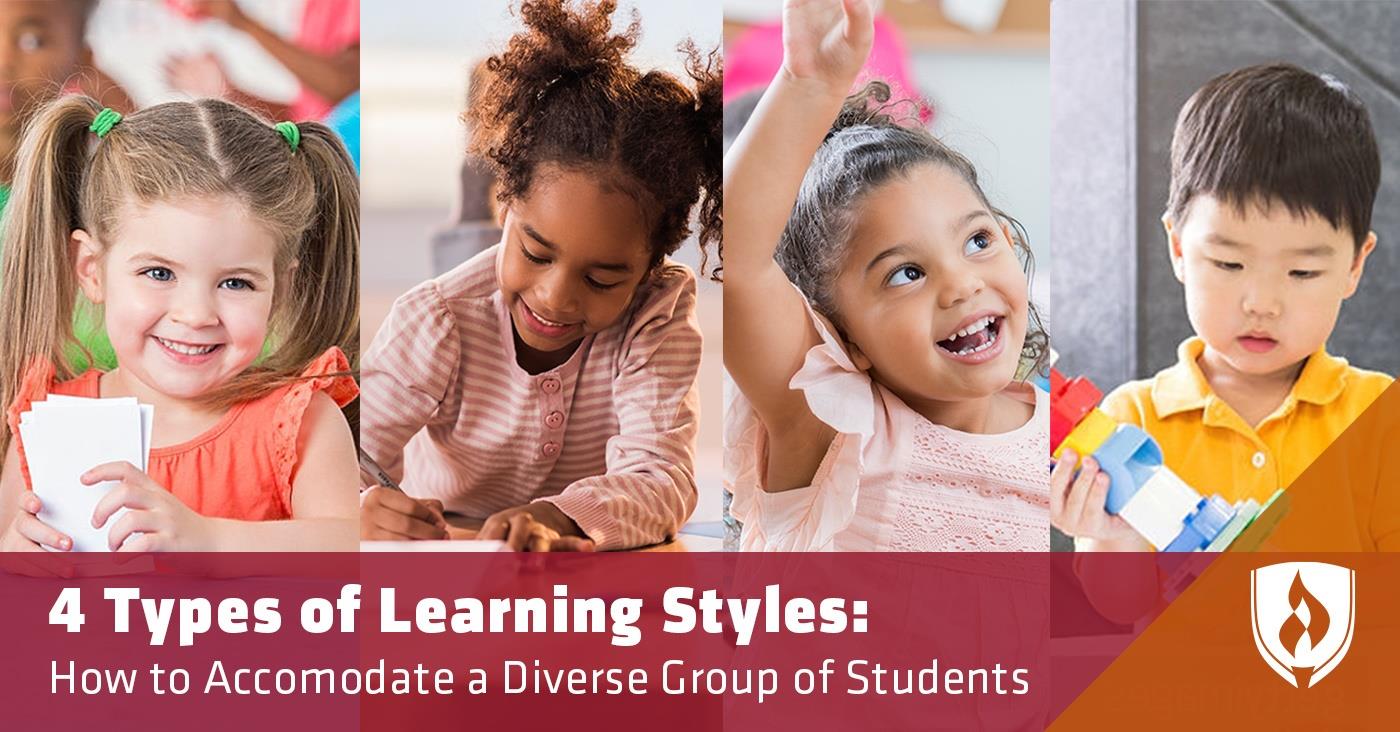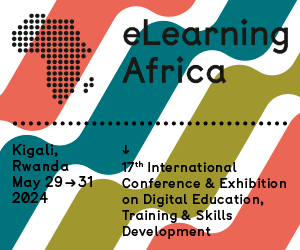By Lauren Elrick
We all experience the world in unique ways, and with that comes variation in the ways we learn best. Understanding the differences in these types of learning styles can drastically impact the way teachers handle their students, set up group projects and rally behind individual learning. Without understanding the disparity in learning styles, teachers might end up with a handful of students lagging behind their classmates because their unique learning style hasn’t been activated.
The focus on learning styles and their role in the classroom came from Howard Gardner’s Multiple Intelligence research,” says Edward Steinhauser, an educator at the Long Beach Unified School District. He argued, and I agree, that individuals excel at different things, and to define intelligence as simply literacy and math skills is to inaccurately understand the strengths of the learner.
So how do you teach a class while understanding the different learning needs of students? We compiled information on the four types of learning styles, and how teachers can practically apply this information in their classrooms.
4 Types of learning styles
Learning styles and preferences take on a variety of forms and not all people fit neatly into one category as there’s plenty of overlap between styles. That being said, most learners align with the following styles:
1. Visual Learner
How to recognize visual learners in your class: Someone with a preference for visual learning is partial to seeing and observing things, including pictures, diagrams, written directions and more. This is also referred to as the “spatial” learning style. Students who learn through sight understand information better when it’s presented in a visual way. These are your doodling students, your list makers and your students who take notes.
How to cater to visual learners: The whiteboard is your best friend when teaching visual learners! Teachers should create opportunities to draw pictures and diagrams on the board, or ask students to doodle examples based on the topic they’re learning. Teachers catering to visual learners should regularly make handouts and use presentations. Visual learners may also need more time to process material, as they observe the visual cues before them. So be sure to give students a little time and space to work through the information.
2. Auditory learners
How to recognize auditory learners in your class: Auditory learners tend to learn better when the subject matter is reinforced by sound. These students would much rather listen to a lecture than read written notes, and they often use their own voices to reinforce new concepts and ideas. These are the students who like to read out loud to themselves, aren’t afraid to speak up in class and are great at verbally explaining things. Additionally, they may be slower at reading and may repeat things a teacher tells them.
How to cater to auditory learners: Since these students can sometimes find it hard to keep quiet for long periods of time, get your auditory learners involved in the lecture by asking them to repeat back new concepts to you. Ask questions and let them answer. Invoke group discussions so your auditory and verbal processors can properly take in and understand the information they’re being presented with. Watching videos and using music or audiotapes are also helpful ways to engage with auditory learners.
3. Kinesthetic learners
How to recognize kinesthetic learners in your class: Kinesthetic learners or “tactile” learners learn through experiencing or doing things. They like to get right in the thick of things by acting out events or using their hands to touch and handle in order to understand concepts. These are the students who might struggle to sit still, might be good at sports or like to dance, need to take breaks when studying and might not have great handwriting.
How to cater to kinesthetic learners: The best way teachers can help these students learn is by getting them moving. Teachers should instruct students to act out a certain scene from a history lesson they’re teaching. Additionally they should encourage these students by incorporating movement into lessons: pacing to help memorize, learning games that involve moving around the classroom or having students write on the whiteboard as part of an activity.
Once these students can physically sense what they’re studying, abstract ideas and difficult concepts will be easier to understand.
4. Reading and Writing Learner
How to recognize reading/writing learners in your class: According to the VARK Modalities theory developed by Fleming and Mills in 1992, reading/writing learners prefer to learn through written words. While there is some overlap with visual learning, these types of learners are drawn to expression through writing, reading articles on the internet, writing in diaries, looking up words in the dictionary and searching the internet for just about everything.
How to cater to reading/writing learners: This is probably the easiest learning style to cater to since most of the educational system provides lots of opportunities for writing essays, doing research online and reading books. Allow plenty of time for these students to absorb information through the written word, and give them opportunities to get their words out on paper as well.









